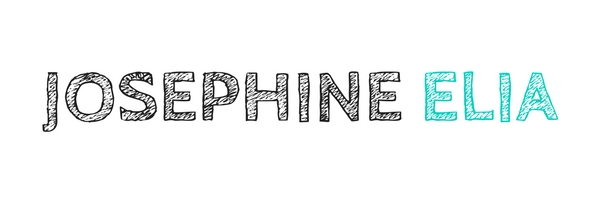When you observe the things of nature, certain principles of existence just emerge out of the system. I’ve been spending some time being wondered by nature and natural systems through various means – different reading materials, documentaries, other montage of pictures, photo journals, actually being outdoors, etc. – and it’s been very instructive. I highly recommend the activity.
One of the striking things that, to me, is ubiquitous in nature is the multiplicity of function of any single entity or living being. The natural system is so intricately and intelligently designed that any one aspect in the bio-network serves more than one purpose. The trees in the forest are not just carbon sinks and oxygen suppliers for the earth, they also serve as water retainer, participating in the natural water purification system, as bird sanctuaries, as food, as soil stabilizer – physically and chemically, among many others that I’m still not aware of.
When one portion is removed, the equilibrium is disrupted and you end up with an imbalanced system. So when a species is endangered because of human activity, for example, a whole ecological web is in actuality imperiled because others depend on that species as food source or supplier of other services (e.g., cleaning, leftovers, etc). The natural system is so elegantly integrated that often, we only learn the truth about seemingly unconnected things after we disrupt them. The good news is that nature is so robust that it can tolerate a certain degree of disruptions, both natural and human – I’ll reflect on nature’s robustness in another entry. Yet when it comes to humans, foolish extremes are not an impossibility.
This type of integrated, versatile design, stands in stark contrast with some human designs. A lot of the times, humans are so one-tracked minded that when we design things, the product only serves one goal. Usually that single track purpose is commercial (read: money). The problems with this kind of mindset are the following: one, it is highly inefficient/wasteful, since the opportunity costs to this mindset are products that could actually serve multiple purposes, and two, it is usually extremely disruptive since it pushes for this one (economic) goal at the expense of all other ‘unimportant’ factors.
A classic example is plastic. In nature, things work in cycles. When the cycle is complete, there will essentially be no or little waste. Only humans can design something that is once-through and disposable like plastic. It is basically a one-way conversion from resource to waste, with no large-scale mechanism in place to convert the waste back into a resource. Yes, there’s some recycling with plastic these days, but the portion of recycled plastic is very, very small compared to the waste. In fact, it’s not a true recycle anyway because plastic degrades, meaning that when you re-process plastic, what you end up is a lower level plastic; you don’t get the same plastic quality with the original materials (unlike glass). These wastes get shipped to some islands in third world countries somewhere, and these days many fishes and birds swallow plastic bits into their bellies. It turns out that plastic does break down, not in a way that biomaterials disintegrate, but into smaller pieces. These bits can be imperceptibly small (but still plastic), and when they enter the animals’ digestive system, they chemically react and release toxins that kill the animals.
Our lives now revolve around plastic – it’s hard to imagine life without it. But here’s the thing – our need for plastic is artificial. Life existed before plastic, but plastic changed the world. It turns out though, that the design, even with all the uses of plastic today, is not versatile enough. Apparently the inventor(s) who no doubt earned a lot of money, was not enough of a global thinker to think of non-human members of the earth, or of the earth itself.
But not all human designs are bad. Coincidentally there are those who come up with brilliant ideas to use resources sustainably, because they try to work with nature. I’m a big fan of the Veta la Palma story (read here) <– must read!
As an engineer in training, I want my design to be more like the nature story than the plastic story. There’s just simple brilliance with this versatility and integration that I wish we as human beings would imitate more, to be wide-minded and arrive at far more efficient and creative designs. I want to imitate the works of the ultimate Designer.


